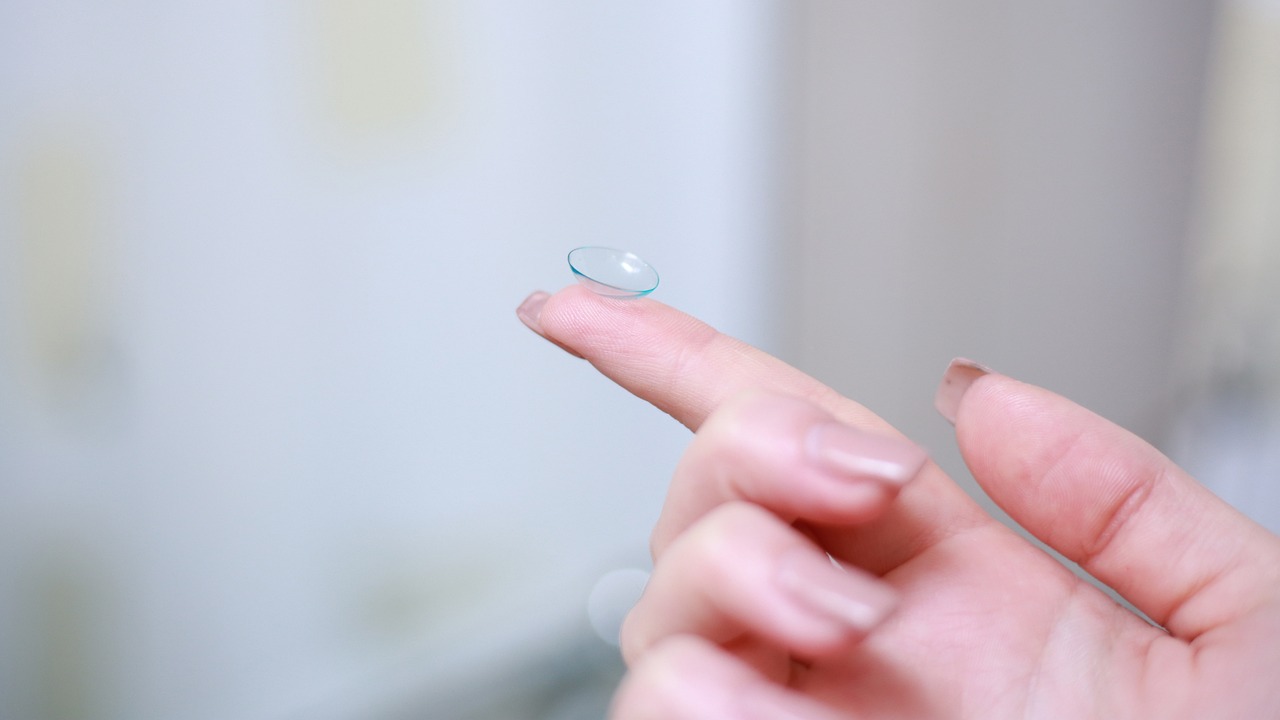
Scientists at Nanyang Technological University in Singapore have developed a breakthrough in battery technology that could potentially power smart contact lenses. The researchers published their findings in the Nano Energy journal in June. The high-tech contact lenses would incorporate augmented reality by displaying information on the cornea of the eye.
Unlike traditional rechargeable batteries that rely on wires and induction coils, which are unsafe for use in the human eye, this new battery is as thin as a human cornea and made of biocompatible materials that do not contain wires or toxic metals. The battery has a glucose-based coating that generates current when sodium and chloride ions from a saline solution come into contact with it. The water in the battery serves as the “wire” for electricity to flow through.
Lead author of the study, Professor Lee Seok Woo, explained that their approach can charge both electrodes of the battery through a unique combination of enzymatic reaction and self-reduction reaction. Human tears can also power the battery due to their sodium and potassium ion content, extending the battery’s life by an additional hour for every 12-hour wearing cycle.
In lab tests, the battery produced a current of 45 microamperes and a maximum power of 201 microwatts, enough to power a smart contact lens. It can be charged conventionally with an external power supply or by being placed in a solution containing high levels of glucose, sodium, and potassium ions for at least eight hours while the user sleeps.
The researchers believe that this invention could revolutionize the smart contact lens industry by providing a thin, biocompatible battery without heavy metals. The lenses could be used for vision correction, monitoring health, and detecting and treating diseases such as diabetes and glaucoma. In the future, the lenses could even record and transmit everything the user sees and hears to a cloud-based data storage.
The researchers are continuing their research to improve the battery’s electrical current discharge and are working towards commercializing this invention by collaborating with contact lens companies. This breakthrough could pave the way for a new era of smart contact lenses that enhance our vision and revolutionize the way we interact with the world.

